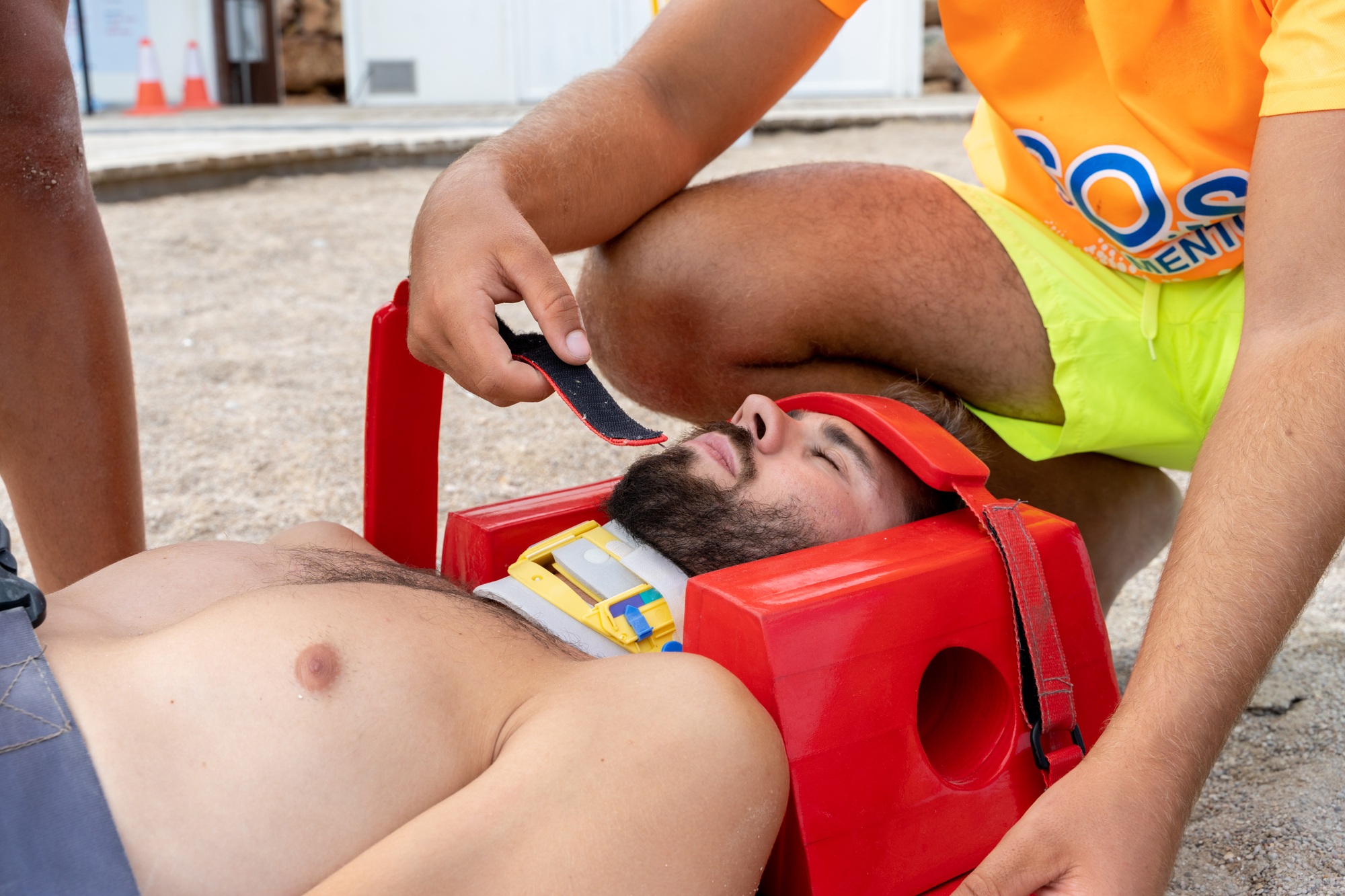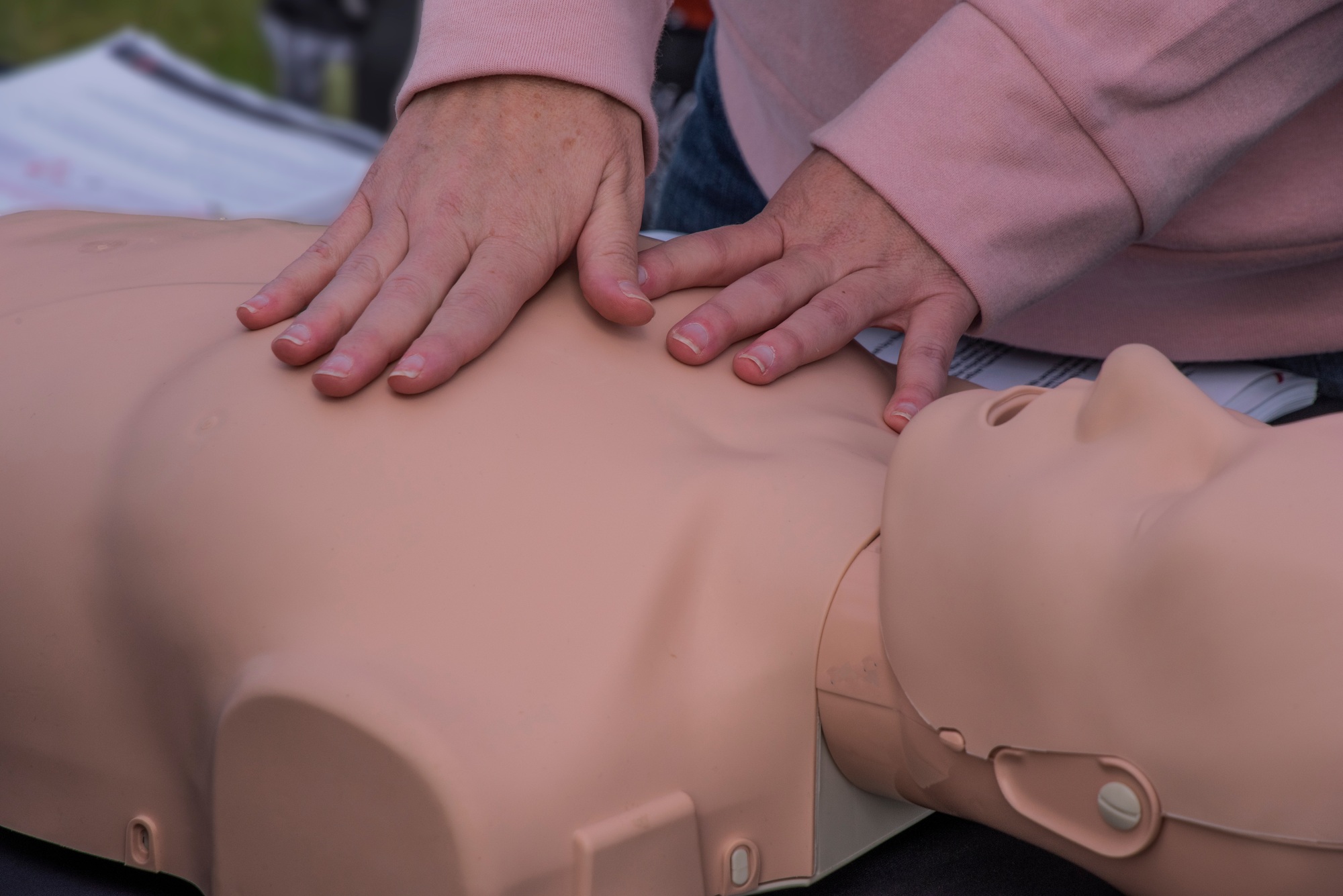Key Takeaways

- Role and Responsibilities: EMTs are essential first responders, responsible for evaluating patient conditions, administering first aid, and ensuring safe transport to medical facilities.
- Skill Requirements: Key skills for EMTs include strong medical knowledge, effective communication, critical thinking, physical fitness, and a compassionate approach to patient care.
- Training and Certification: EMTs must complete a state-approved training program and obtain certification, which involves passing both a cognitive and psychomotor skills exam.
- Work Environment: EMTs work in various settings, including ambulances, emergency rooms, and event locations, often requiring flexible schedules due to the unpredictable nature of emergencies.
- Importance for Staffing: Understanding the EMT job description is crucial for business owners and HR professionals to recruit qualified personnel capable of meeting the demands of emergency medical services.
If you’re considering a career as an Emergency Medical Technician (EMT), understanding the job description is crucial. EMTs are the frontline heroes in emergency medical services, providing critical care and support during life-threatening situations. Their role goes beyond just responding to calls; it involves quick thinking, compassion, and a solid foundation in medical knowledge.
In this article, you’ll discover the key responsibilities and skills required for EMTs. From patient assessment to administering first aid, every aspect of the job plays a vital role in saving lives. Whether you’re just starting your journey or looking to deepen your understanding of the profession, this guide will equip you with the insights you need to thrive in this rewarding field.
Overview of EMT Job Description

Emergency Medical Technicians (EMTs) play a crucial role in emergency medical services, delivering immediate care and transporting patients to medical facilities. EMTs are responsible for evaluating patients’ conditions, administering appropriate treatments, and ensuring effective communication with medical teams during emergencies.
Key Responsibilities
- Patient Assessment: EMTs quickly assess patients’ vital signs and medical histories to identify emergencies.
- First Aid Administration: EMTs provide essential first aid, including CPR, wound care, and basic life support, to stabilize patients.
- Emergency Response: EMTs respond to emergency calls, driving ambulances and navigating to the scene promptly.
- Patient Transport: EMTs safely transport patients to hospitals, monitoring their conditions during transit.
- Record Keeping: EMTs document patient information, treatment provided, and incident details for medical records.
- Team Coordination: EMTs collaborate with paramedics and healthcare professionals to ensure comprehensive patient care.
Required Skills
- Medical Knowledge: EMTs must possess a strong foundation in medical procedures and emergency care protocols.
- Communication Skills: EMTs need to communicate clearly with patients and other medical personnel.
- Critical Thinking: EMTs must make quick decisions under pressure, often in life-threatening situations.
- Physical Fitness: EMTs need physical stamina to lift and transport patients and handle emergency equipment.
- Compassion: EMTs require empathy and compassion to provide emotional support to patients and their families.
Understanding this EMT job description aids small business owners and HR professionals in staffing and human resources planning. It helps ensure the recruitment of qualified employees who can handle the high demands of emergency medical services effectively.
Key Responsibilities of an EMT

EMTs play a crucial role in emergency medical services. Their responsibilities extend beyond basic medical care, encompassing vital skills that contribute to effective staffing and human resources in small businesses.
Emergency Response
- Responding to Emergency Calls: EMTs respond promptly to emergency calls, quickly assessing the situation based on received information regarding the emergency type, location, and potential number of patients involved. Their swift arrival at the scene ensures timely care, employing emergency vehicles with appropriate caution.
- Scene Assessment: Upon arrival, you assess the scene for safety hazards and conduct a preliminary evaluation of the patient(s). This evaluation includes determining the illness or injury type, checking the level of consciousness, and measuring vital signs. This step is essential for effective patient care and minimizes risks for all involved.
Patient Care
- Administering First Aid: EMTs provide immediate patient care by administering first aid, stabilizing injuries, and managing life-threatening conditions. These actions require a strong foundation in medical knowledge and techniques to deliver effective interventions.
- Patient Transport: EMTs transport patients safely to medical facilities, ensuring continuous monitoring and care during transit. They remain prepared to manage any changes in a patient’s condition, reflecting the importance of ongoing patient assessment to ensure safety and stability.
Communication Skills
- Effective Communication: EMTs utilize strong communication skills to relay critical information to other healthcare professionals and team members, ensuring everyone involved understands the patient’s condition and required treatment. Clear communication fosters coordination within the emergency response team.
- Patient Interaction: EMTs also engage with patients and their families, providing reassurance and clear instructions. This interaction is vital for easing patient anxiety and improving overall care experience, which is important for small business owners aiming to foster a supportive environment for employees.
Understanding these responsibilities helps in staffing decisions for small businesses, ensuring you recruit qualified employees who can handle the demands of emergency medical services effectively.
Required Skills and Qualifications

EMTs must possess specific skills and qualifications to effectively fulfill their roles in emergency medical services. Understanding these requirements aids small business owners in staffing and human resources planning.
Education and Training
You must complete a state-approved EMT training program that combines classroom instruction and practical experience. Programs typically include courses on anatomy, physiology, and emergency care procedures. Training lasts about 150 to 200 hours. After completing training, hands-on experience through clinical internships or field training with certified EMTs is crucial.
Certifications
You need to obtain certification from a recognized body, such as the National Registry of Emergency Medical Technicians (NREMT). Certification involves passing a cognitive exam and a psychomotor skills test to demonstrate competency. Many states require ongoing continuing education to maintain certification, ensuring EMTs stay current with medical guidelines and best practices.
Physical Requirements
You must meet specific physical requirements to perform the job effectively. EMT duties often involve lifting patients and equipment, requiring strength and stamina. Good physical fitness reduces the risk of injury during emergency responses. Additionally, you should possess clear vision and hearing to assess situations accurately and respond promptly to emergencies.
Work Environment

EMTs operate in diverse environments that impact their roles and responsibilities. Understanding these conditions helps small business owners and HR professionals in staffing decisions.
Shift Patterns
EMTs often work in varying shift patterns, including nights, weekends, and holidays. Shift lengths typically range from 8 to 12 hours, allowing for around-the-clock coverage. Flexibility is essential, as emergencies can arise at any time, demanding immediate response from personnel.
Typical Locations
EMTs work in numerous settings, such as:
- Ambulances: Responding to emergency calls and transporting patients.
- Emergency Rooms: Collaborating with healthcare professionals to provide patient care on-site.
- Event Locations: Providing medical services at large gatherings, concerts, and sporting events.
- Home Responses: Offering immediate assistance in patients’ residences when required.
Working across these locations exposes EMTs to various elements and conditions, presenting unique staffing considerations for small business operations.
Conclusion

The role of an EMT is both challenging and rewarding. By grasping the intricacies of the EMT job description, you’ll appreciate the vital contributions these professionals make to emergency medical services. Their ability to think quickly and provide compassionate care in high-pressure situations can save lives.
Whether you’re considering a career as an EMT or looking to hire qualified personnel for your organization, understanding the skills and responsibilities involved is essential. This knowledge not only aids in effective staffing but also emphasizes the importance of ongoing training and support for these dedicated individuals. Recognizing the demands and rewards of the EMT profession will help you make informed decisions in your career or business endeavors.
Frequently Asked Questions

What are the primary responsibilities of an EMT?
EMTs are responsible for assessing patients, administering first aid, responding to emergencies, transporting patients, keeping records, and coordinating with medical teams. They ensure quick, compassionate care in life-threatening situations while monitoring patients’ conditions throughout transport.
What skills are required to become an EMT?
Essential skills for EMTs include medical knowledge, effective communication, critical thinking, physical fitness, and a compassionate demeanor. These skills enable them to assess situations, interact with patients, and provide quality care under pressure.
What training is necessary to become an EMT?
Becoming an EMT typically requires completing a state-approved training program that includes 150 to 200 hours of instruction and practical experience. Certification is also mandatory, generally achieved by passing a cognitive exam and a psychomotor skills test.
How do EMTs maintain their certification?
EMTs must engage in ongoing continuing education to keep their certification valid. This may include attending workshops, refresher courses, and staying updated on medical procedures and regulations relevant to emergency medical services.
What is the work environment like for EMTs?
EMTs work in various settings, including ambulances, emergency rooms, and event venues. Their work hours can vary, often covering nights, weekends, and holidays, with shift lengths typically between 8 to 12 hours to provide continuous emergency coverage.
Why is understanding the EMT job description important for HR professionals?
Knowing the EMT job description aids HR professionals and business owners in effective staffing and human resources planning. This understanding ensures that only qualified individuals are recruited to meet the demands of emergency medical services.
Image Via Envato: FlamingoImages, FoToArtist_1, circod, sofiiashunkina, YuriArcursPeopleimages, Wavebreakmedia, riderfoot



